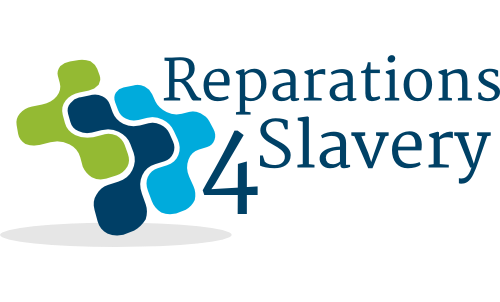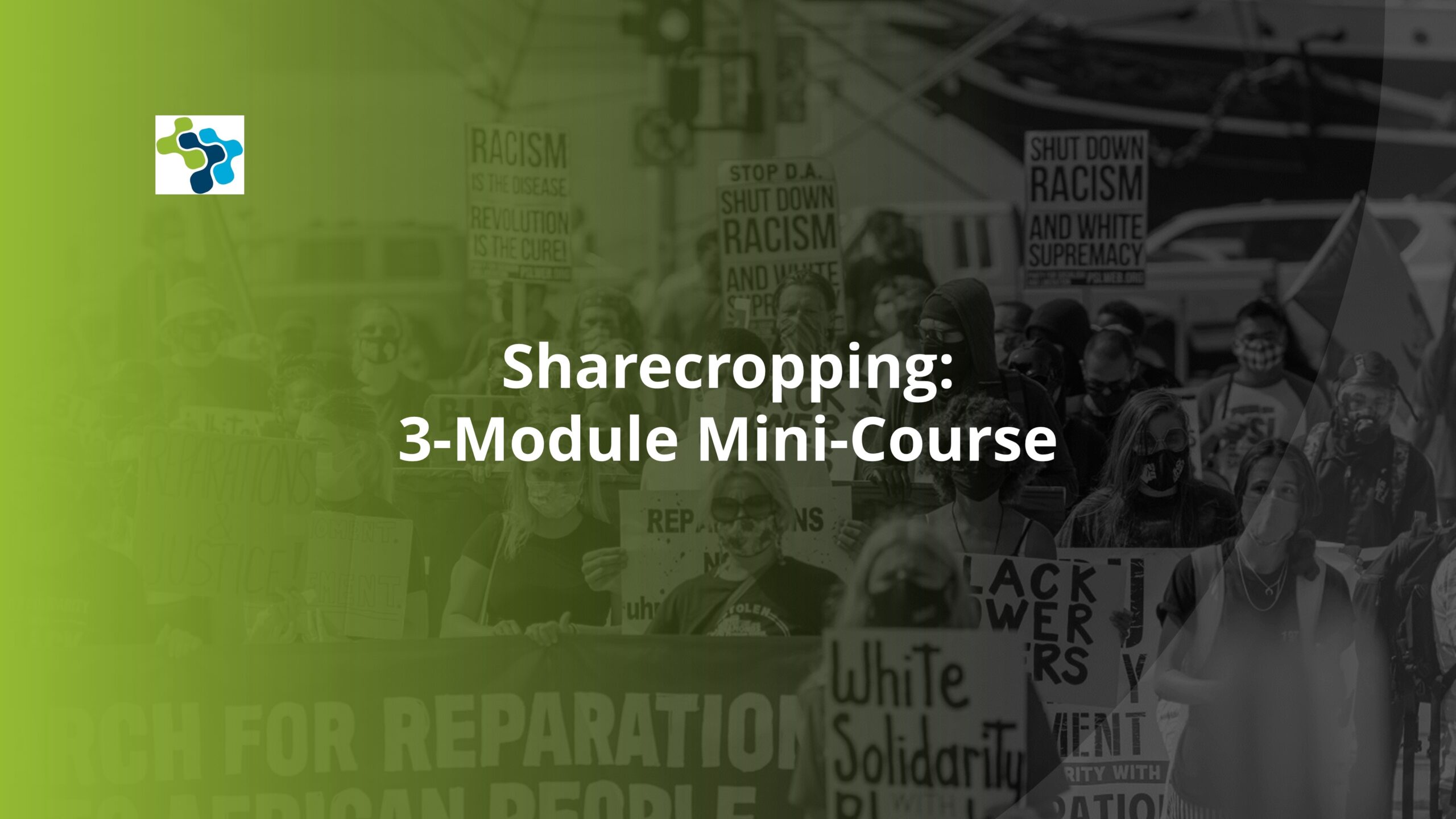Summary - Slavery by Another Name, PBS
After the Civil War, former slaves sought jobs, and planters sought laborers. The absence of cash or an independent credit system led to the creation of sharecropping.
Sharecropping is a system where the landlord/planter allows a tenant to use the land in exchange for a share of the crop. This encouraged tenants to work to produce the biggest harvest that they could, and ensured they would remain tied to the land and unlikely to leave for other opportunities. In the South, after the Civil War, many black families rented land from white owners and raised cash crops such as cotton, tobacco, and rice. In many cases, the landlords or nearby merchants would lease equipment to the renters, and offer seed, fertilizer, food, and other items on credit until the harvest season. At that time, the tenant and landlord or merchant would settle up, figuring out who owed whom and how much
High interest rates, unpredictable harvests, and unscrupulous landlords and merchants often kept tenant farm families severely indebted, requiring the debt to be carried over until the next year or the next...
*********************************
What rent do you pay here?" I inquired. "I don't know, - what is it, Sam?" "All we make," answered Sam. It is a depressing place, - bare, unshaded, with no charm of past association, only a memory of forced human toil, - now, then, and before the war. They are not happy, these black men whom we meet throughout this region. There is little of the joyous abandon and playfulness which we are wont to associate with the plantation Negro. — W.E.B. Du Bois
Key laws and factors related to sharecropping:
1. Black Codes and Jim Crow Laws: Following the end of the Civil War, Black Codes and later Jim Crow laws in Southern states limited the economic opportunities and mobility of newly freed African Americans. These laws restricted land ownership, limited employment options, and reinforced a system that pushed many African Americans into sharecropping.
2. Crop Lien Laws: Crop lien laws, prevalent in Southern states, allowed landowners or merchants to provide credit to sharecroppers, often at high interest rates, using the anticipated crop yield as collateral. This system often resulted in indebtedness and dependency for sharecroppers.
3. Debt Peonage: Debt peonage, a practice prevalent in the South, allowed landowners or merchants to keep sharecroppers in perpetual debt by manipulating crop prices, charging inflated prices for goods, or using exploitative accounting practices.
4. Tenant Farming Acts: Some states enacted tenant farming acts to provide limited protection for sharecroppers and tenants. These laws regulated aspects such as contracts, evictions, and the rights and obligations of both landowners and sharecroppers.
5. Agricultural Adjustment Act (AAA): The Agricultural Adjustment Act of 1933, a federal law enacted during the Great Depression, aimed to support agricultural recovery. However, it often excluded sharecroppers and tenant farmers from receiving benefits, exacerbating their economic struggles.
It's important to note that sharecropping and related laws and practices were complex and varied regionally. Understanding the nuances and specific dynamics of sharecropping requires further research into state laws, local practices, and historical records from the relevant time periods and regions.
Articles
Sharecropping | Slavery By Another Name
Sharecropping Contract.pdf (gilderlehrman.org)
Sharecropping contract| NCpedia
Microsoft Word - reconstruct_formatted.doc (uh.edu)
Sharecropping
Slavery by Another Name: The Economy of Sharecropping
Sharecropping - Definition, System & Facts
Sharecropping, Black Land Acquisition, and White Supremacy (1868-1900)
Books
The Origins of Southern Sharecropping (Edward Royce)
Revolt Among The Sharecroppers (Howard Kester)
A Black Man's Journey from Sharecropper to College President: The Life and Work of William Johnson Trent, 1873-1963 (Judy Scales-Trent)
Podcasts
American Capitalism: A History: 14.1. Sharecropping
Seal The Seasons, The History of Black Farmers
Film/Video
MOOC | Origins of Sharecropping | The Civil War and Reconstruction, 1865-1890
Lest We Forget: The Lost Story of Southern Sharecroppers
American Voices / Black America 01 - Sharecroppers
Sharecropping American History
Mary and Early Williams on Life as A Sharecropper : Voices of the Movement, Fayette County Tennessee
Sharecropper Life on a Plantation
Questions for Research and Reflection:
- If your family owned a plantation, did they engage in sharecropping agreements after emancipation? Do you have family records from this era?
- Did your family purchase or import goods from white farmers or sharecroppers?
- If your family were sharecroppers, were any stories passed down about that era? What happened?
- What are typical stipulations of sharecropping contracts? Are these arrangements fair?
- How does Black illiteracy compound the problem of sharecropping fraud?
- Does sharecropping allow Black farmers to amass wealth? Why or why not?
- How does sharecropping benefit white farmers?

